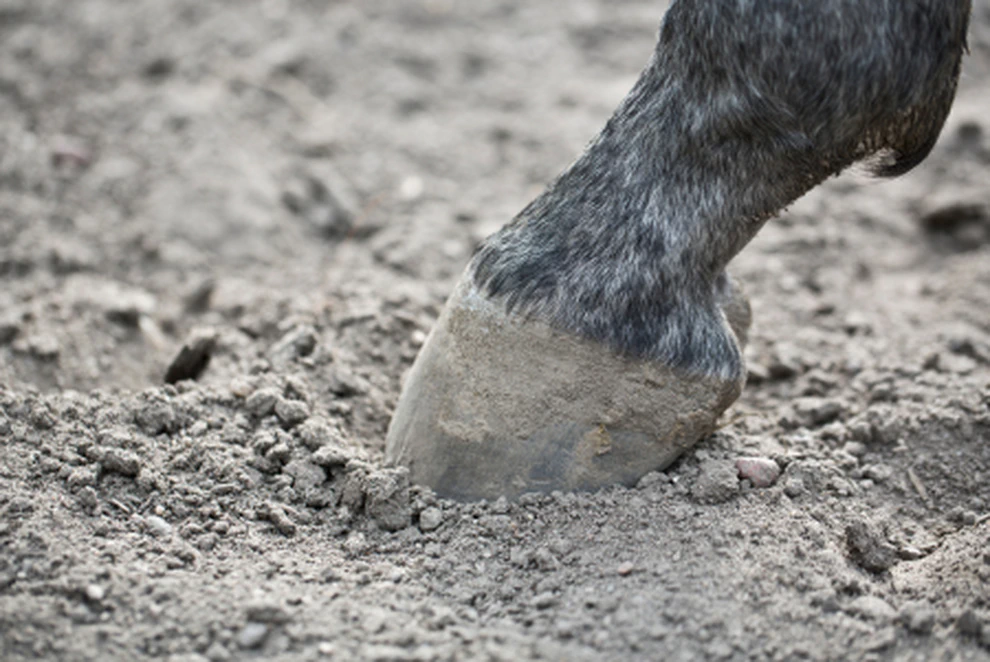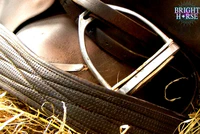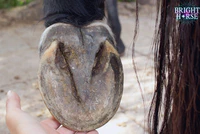Why Horses Develop a Fear of Hoof Handling
Fear of hoof handling is a common challenge, but understanding its root causes can help transform this daunting task into a cooperative process. At its heart, this fear stems from a horse’s natural instincts and past experiences. Horses are prey animals whose survival depends on their ability to flee from threats. When we lift a hoof, they momentarily lose balance and mobility, triggering an instinctive fear response.
Unfortunately, this fear can become reinforced over time, particularly if a horse experiences pain or discomfort during farrier work or hoof trimming. For instance, a horse that snatches its hoof away out of fear and is met with yelling or punishment is likely to think, “I was right to be afraid!” Similarly, inconsistent or forceful handling can create mistrust and amplify anxiety, especially in horses with prior negative experiences.
Environmental factors also play a role. Loud, busy settings or an unfamiliar farrier can heighten stress, making it even harder for a horse to relax. Addressing this fear requires empathy, patience, and a commitment to rebuilding trust.
What is Behavioural Modification?
Behavioural modification is the art and science of helping a horse change their response to a situation. It isn’t just about achieving compliance—it’s about building trust and creating positive associations. Horses communicate discomfort or fear through their body language, such as pulling away, snorting, or refusing to lift a hoof. Successful behavioural modification respects these thresholds and focuses on making the horse feel safe and supported.
Key techniques include positive reinforcement and desensitisation. Positive reinforcement rewards desired behaviours, such as calmly lifting a hoof, with treats, scratches, or praise. Desensitisation gradually exposes the horse to hoof handling, starting with gentle touches and small steps. With repetition and patience, the horse begins to associate hoof care with calm, positive experiences.
Preparing for Success
Creating the right environment is crucial for effective hoof handling. Horses are incredibly sensitive to their surroundings, so working in a quiet, familiar space free of distractions sets them up for success. Keep sessions short—5–10 minutes is often enough—to maintain focus without overwhelming your horse.
Equally important is understanding your horse’s body language. Relaxed ears, a lowered head, and soft eyes are signs that your horse is ready to engage. Conversely, pinned ears, tense muscles, or avoidance behaviours indicate discomfort or stress. Adjust your approach accordingly, celebrating small wins and always ending sessions on a positive note.
The Three D’s: Distance, Duration, and Distraction
When training, it’s essential to balance three variables: distance, duration, and distraction.
- Distance: Start training at a comfortable distance from the trigger *(e.g., farrier tools or hoof contact). Gradually decrease the distance as your horse becomes more comfortable.
- Duration: Begin with brief interactions, such as touching the leg for a few seconds, and slowly increase the time spent handling the hoof.
- Distraction: Minimise environmental distractions early on, introducing mild stimuli only as your horse gains confidence.
By adjusting only one variable at a time, you create a manageable learning experience for your horse, reducing the risk of overwhelm.
Progression Over Perfection
Training is a journey, not a race. Progress is rarely linear—there will be setbacks, but these are part of the learning process. Recognising and addressing signs of stress, such as fidgeting or reactivity, is critical to maintaining trust. If a session isn’t going well, it’s okay to step back and try again another day.
Short, consistent sessions are far more effective than long, intense ones. Even small wins, like holding a hoof for a second longer than before, are worth celebrating. Remember, the goal isn’t perfection but progress.
Why Kinder Hoof Care Matters
Kindness in hoof care isn’t just about making the process easier for your horse—it’s about building a foundation of trust that benefits every aspect of your relationship. A horse that feels safe and understood is more likely to cooperate, reducing the risk of injury for both horse and handler.
By addressing fear with empathy and consistency, you’re not only helping your horse overcome a specific challenge but also fostering a partnership built on mutual respect and trust.
Take the First Step
Every horse is unique, and their journey to confidence will reflect their individual history and temperament. Whether your horse is just beginning to learn about hoof care or overcoming years of fear, patience and a thoughtful approach can make all the difference.
Are you ready to explore kinder alternatives for your horse’s hoof care? Contact us to learn more about personalised training plans and resources tailored to your horse’s needs. Together, we can create a stress-free and cooperative hoof care experience.




